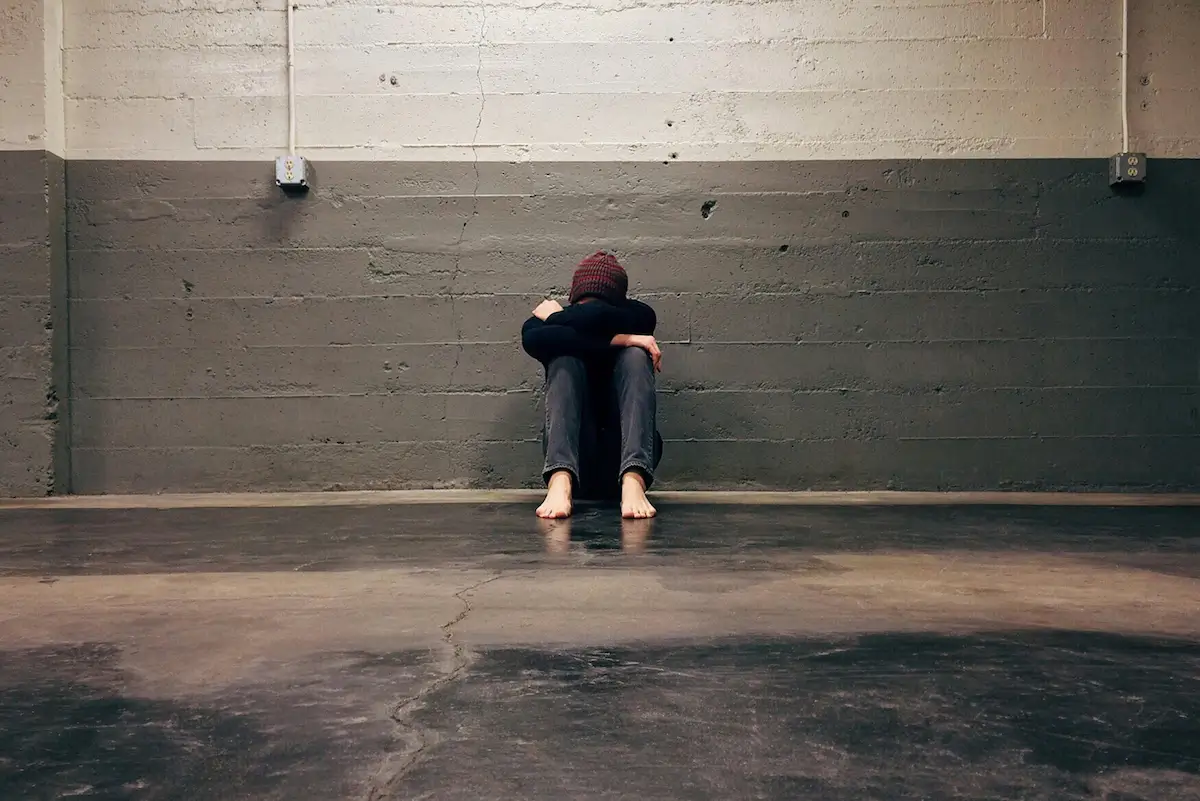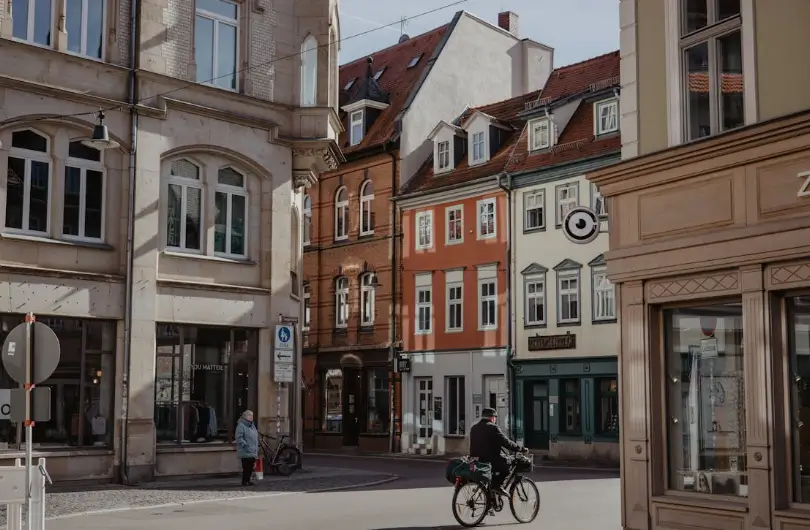Equity in Zoning
Is there equity in zoning? The answer may surprise you.
Let’s begin by stating the obvious, planning is not neutral.
Sure, it can be technical with lots of maps, tables, andterms like “R-1” or “FAR” (like any normal person even know what these are…). Yet,zoning is one (if not the) most powerful tool cities use to decide who get tolive where, what gets to be built, and what gets left behind.
No corner store or coffee shop in your neighborhood? Thank zoning.No duplexes or mixed type housing? Thank zoning. No more than three storybuildings? Thank zoning.
And all of these restrictions on uses (or allowances)affects people. So, when we talk about equity in zoning, we’re not just talking about maps. We’re talking about power, access, and the right to belong.
What Even Is Equity?
The word Equity can be the source of much contention…sadly .But for our purposes, equity in zoning means that land use rules actively work to undo past harm and create access for communities that have been historically excluded (especially low-income residents, renters, and communities of color).
Just to clarify equity does not equal equality. Equity is not about treating every neighborhood the same or every neighbor for that matter. Rather, it’s about recognizing that different communities have historically faced different challenges, and then making zoning decisions that reflect that truth.
A Quick History Check (Spoiler: It’s Not Pretty)
From the very beginning, zoning in the U.S. has served to separate not only land uses but people themselves. This has been done by adopting exclusionary rules—banning apartments in affluent, predominantly white neighborhoods, imposing minimum lot sizes that made homeownership out of reach for lower-income families, and relegating industrial zones to Black or immigrant communities, where pollution and disinvestment soon followed. And let’s not forget “Urban renewal” policies that cleared entire neighborhoods under the guise of progress, displacing residents and erasing long-standing communities.
To be fair, most modern codes no longer carry these provisions explicitly. However their legacy continues in the patterns of segregation and inequality we still see today.
So, What Does Equity Look Like in Practice?
When you drive down your neighborhood block, or down to the store. When you sit at your local park or take a bike ride on your nearest trail. When you speed through morning rush hour to get to work, do you see equity? Equity in zoning means conscious, intentional choices to build a city that includes more people—not pushes them out...and here is what that can look like:
Legalizing Housing Diversity
First, what IS housing diversity?
Housing diversity is providing the ability to have a mix of dwelling types, sizes, tenures (whether you own or rent your home) and price points within the same community. Think of a community with single family homes but also with duplexes, triplexes, ADUs, and a mix of house owners and renters. In this scenario, people at different life stages and income levels can all find a place to live.
By offering a range of options housing diversity helps keep neighborhoods affordable and accessible to young adults, growing families, seniors, low-income renters and middle-income buyers alike. It’s a way to build adaptable and more resilient communities that are inclusive and where people don’t have to move far away just because their housing needs change.
Why is this important?
Because people need options. Families change. Budgets shift. Accessibility matters. A “one-size-fits-all” zone is rarely one-size-fits-anyone.
Reforming Lot and Density Rules
Minimum lot sizes, height caps, and density limits often serve as invisible walls by keeping certain types of housing (and the people who need them) out of a neighborhood. At first, it may be difficult to see how.
It’s just a setback, meant to provide open space, it’s just a height limit to preserve neighborhood height consistency, it’s just a size requirement so that everyone can enjoy some privacy from their next door neighbor by not being on top of each other…right?
Maybe…but there’s more.
When a code says every parcel must be at least one-quarter acre, it drives up land costs. Only someone who can afford that big, expensive lot can build there, which effectively excludes lower-cost housing and the families or individuals who depend on it. Height caps keep buildings to one or two stories, so you can’t stack apartments or townhomes to make more homes on the same footprint. Density limits severely restricts how many units you can build per acre, so even if you wanted to add a duplex or a four-plex, the rules won’t allow it.
The result is neighborhoods of single-family houses on generous lots. Again, that might feel charming, but it also means that anyone who can’t pay for a large lot or who needs a smaller, more affordable unit simply has no legal way to live there. These regulations are super effective in reserving communities for higher-income households and keeping everyone else out.
Equitable zoning means scaling these rules back to support more housing, especially near jobs, schools, and transit.
Aligning Zoning with Transit and Opportunity
Too often, we put the most restrictive zoning near high-opportunity areas (good schools, jobs, healthcare), and the most flexible zoning far from transit or walkable neighborhoods.
Equitable zoning flips that script and instead puts more housing where people actually have access to thrive. Portland is a prime example of what happens when you put people where there’s an abundance of opportunities and access such as transit (you can read about Portland’s Transit Oriented Development efforts here).
For example, by putting homes close to transit, you give people better access to jobs and services because now, people near transit can reach work, school, groceries, and healthcare without the need of a car. This is especially beneficial for people with tight budgets who may not be able to afford or maintain a vehicle.
Centering Community Voices—Not Just the Loudest Ones
Equity is not just about zoning, but it’s also about creating opportunities for everyone to be seen and heard. Traditional public engagement often favors those with time, access, and political clout. Which means that their interests and concerns are the ones that are considered the most at the expense of communities that may not be as engaged due to a lack of opportunities do to so.
True equity means making space for renters, non-English speakers, and low-income residents through outreach that meets people where they are, not just where the meetings are. It also means creating meeting opportunities that work with working people’s schedules so that they have the chance to participate as opposed to being at work. It also means providing different forms of participation, public workshops, online meetings, public meetings, anything and everything in order to let all communities be heard.
A Note of Caution: Equity ≠ Perfect Consensus
Remember how I said Equity can be a contentious subject?
It’s true.
Not everyone will agree on what equity should look like. And that’s okay.
But planners have a responsibility to ask the hard questions, name the inequities, and move toward solutions…even when they’re messy.
Zoning is one of the few tools we can actually control. Let’s use it to expand choices, not just preserve patterns.
Keep Reading:
- Zoning Myths That Just Won't Die
- Why Zoning Reform Feels So Hard (and Why It's Worth It)
- Floor Area Ratio (FAR) Explained
Because in the end, planning isn’t about protecting rules.
It’s about planning for people.
%20(1200%20x%20237%20px)%20(300%20x%2059%20px).webp)


.webp)


